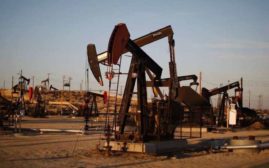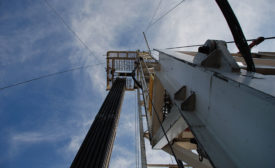Home » Keywords: » fracking
Items Tagged with 'fracking'
ARTICLES
Legal
Oklahoma Lawsuits Claim Link Between Fracking and Earthquakes
Class-action and tribal filings cite cluster of quakes in 2016
Read More
The latest news and information
#1 Source for Construction News, Data, Rankings, Analysis, and Commentary
JOIN ENR UNLIMITEDCopyright ©2024. All Rights Reserved BNP Media.
Design, CMS, Hosting & Web Development :: ePublishing








